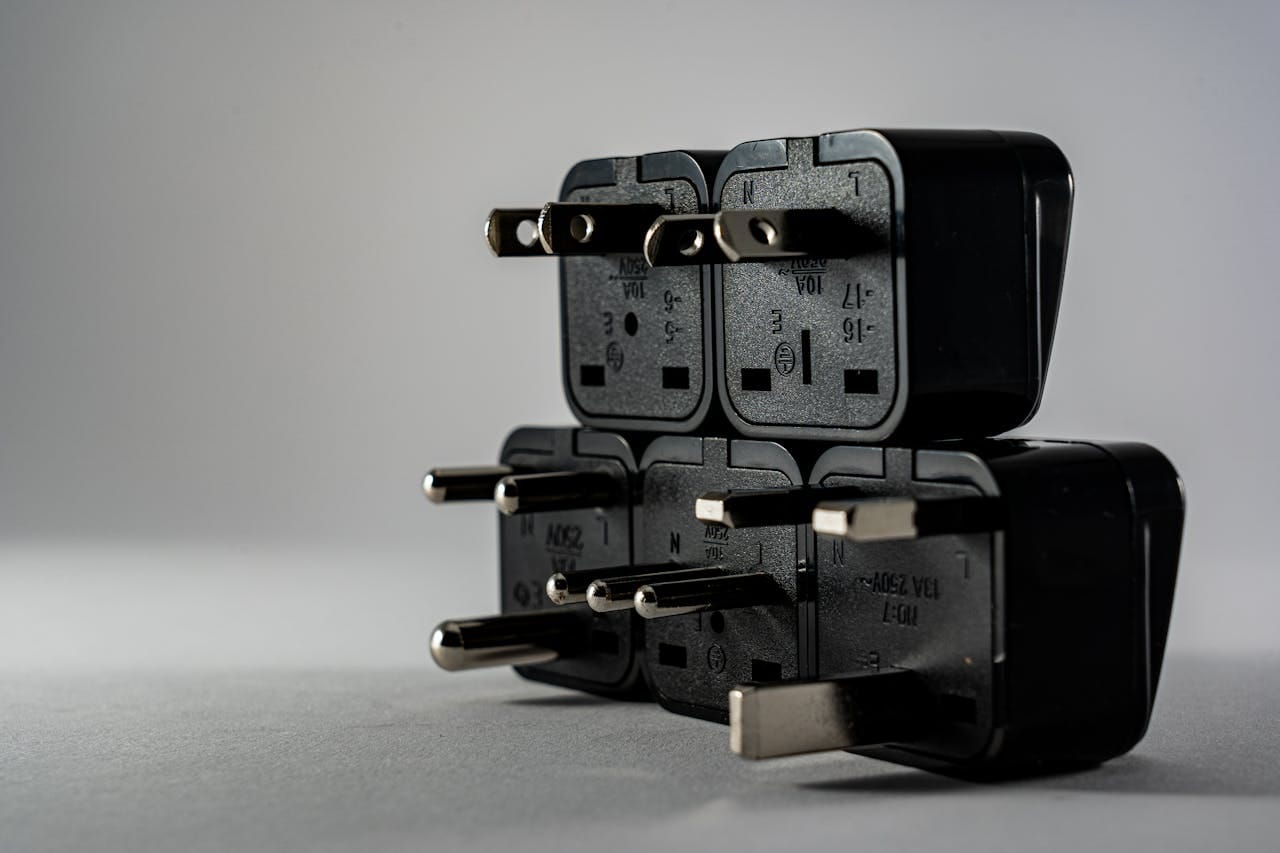What is Universal Design Learning (UDL)?
Universal Design for Learning (UDL) addresses those different needs right from the start. It’s a teaching method that ensures everyone, no matter their learning style or ability, has an equal chance to succeed

Did you ever feel like a class or a lesson wasn’t quite right for you? Maybe the teacher talked too fast, or you wished you could see more pictures or diagrams. Universal Design for Learning (UDL) addresses those different needs right from the start. It’s a teaching design method that ensures everyone, no matter their learning style or ability, has an equal chance to succeed.
💡 Lessons learnt: Design thinking means understanding the needs of your students.
Think of UDL as creating a lesson plan that’s like a well-designed building. Just like how a building with ramps, elevators, and wide hallways can accommodate everyone, UDL aims to build a learning environment that works for every student—whether they’re visual learners, need a little extra time to process information, or thrive when they can move around and interact with their peers. Instead of making special accommodations later, UDL focuses on making learning accessible from the beginning.
In short, UDL is about making sure every student gets what they need to succeed without needing to ask for it.
The Aim of Universal Design for Learning (UDL)
The main goal of UDL is to remove barriers to learning and make sure every student has equal opportunities to succeed. Instead of lowering standards—it's about making sure everyone has the chance to meet those high standards in their own way.
Why Does This Matter?
It’s easy to see how this benefits students with specific needs but it benefits everyone. Think of it like adding captions to a video. Sure, captions are a must for those who are hard of hearing, but they also help when you’re in a noisy environment or when you want to learn a new language. This flexibility means that everyone can find a way to connect with what they’re learning.
A study published by CAST, found that students exposed to UDL strategies were more motivated and performed better on assignments than those who were not (Meyer, Rose, & Gordon, 2014).
The Principles of Universal Design for Learning (UDL)
So, how does UDL actually work in the classroom? It comes down to three key principles that guide educators in creating lessons that reach every student. These principles help teachers think about the what, how, and why of learning in ways that are adaptable and flexible.
1. Multiple Means of Engagement: The “Why” of Learning
Multiple means of engagement focuses on sparking students’ interest and keeping them motivated. Some students might be excited by group discussions, while others prefer independent work or creative projects. Teachers are encouraged to offer options like cooperative group work, real-world connections, or self-paced learning modules so that every student finds something that speaks to them.
2. Multiple Means of Representation: The “What” of Learning
Not everyone learns the same way. While some students understand things best through reading, others might need to see diagrams, listen to explanations, or watch a video. This principle is about giving students different ways to take in information. It might mean providing text with audio support, offering visuals alongside explanations, or using interactive tools like digital simulations.
For example, when teaching a lesson about the solar system, a teacher could show a video, provide written information, and use a simulation model where students can physically move the planets around. This way, every student has a way to connect with the material that makes sense for them.
3. Multiple Means of Action and Expression: The “How” of Learning
Multiple means of action and expression centers on how students show what they’ve learned. Imagine if you had to give a speech for every test you took, even if public speaking wasn’t your strong suit. It wouldn’t be the best way to show what you know, right?
This principle emphasizes on letting students have choices in how they demonstrate their learning. Maybe one student wants to create a video to explain a concept, while another prefers to write an essay, and another feels most comfortable drawing a diagram. UDL encourages teachers to offer different ways for students to express what they’ve learned so that everyone can play to their strengths.
A study conducted by Rao and Meo found that classrooms that implemented UDL strategies saw higher student participation and motivation. This is because students felt more in control of their learning process and could find ways to make the material resonate with them (Rao & Meo, 2016)
Applying UDL in a Classroom
Let’s take all this theory and apply it into a real-life example.
A Science Lesson on Ecosystems
Imagine you’re a science teacher about to introduce a lesson on ecosystems. You’ve got a class of 25 students. How do you create a lesson that reaches everyone? Let’s break it down using UDL principles.
Step 1: Planning with Multiple Means of Engagement
Questions to Ask Yourself:
- How can I make this lesson interesting for students who love to work in groups and those who prefer to work independently?
- What activities can I include that will connect this lesson to their lives and interests?
Design Output:
- Option 1: Start with a short video that visually shows different types of ecosystems, like forests, oceans, and deserts. It’s a great way to grab students’ attention.
- Option 2: Follow up with a class discussion where students can share their own experiences with nature, like trips to the beach or hiking.
Step 2: Implementing Multiple Means of Representation
Questions to Ask Yourself:
- How can I present information so that students who learn by listening, reading, or seeing visuals all understand it?
- What materials can I provide to give students different ways of accessing the content?
Design Output:
- Option 1: Use a model or diagram to show how energy flows through an ecosystem (like how the sun helps plants grow, which feeds animals).
- Option 2: Provide a handout with text descriptions of different ecosystems and include QR codes that link to additional videos for those who want more information.
- Option 3: Use digital interactive tools like simulations where students can visualize ecosystems and see how different elements interact.
Step 3: Offering Multiple Means of Action and Expression
Questions to Ask Yourself:
- How can students show what they’ve learned in ways that suit their strengths?
- What alternatives can I provide for students who might struggle with traditional tests?
Design Output:
- Option 1: Let students choose how to complete their project: they can write a report about an ecosystem or build a 3D model of a food web.
- Option 2: For a class assessment, offer a quiz and an option to create a short video explaining how an ecosystem works.
- Option 3: Provide students with a digital storytelling tool where they can create a comic strip about the life cycle within an ecosystem.

Adiutor
Adiutor means "helper" - we do just that, by taking a load of your school administration and helping you focus on what matters most: the kids.
References
- Meyer, A., Rose, D. H., & Gordon, D. (2014). Universal Design for Learning: Theory and Practice. CAST.
- Rao, K., & Meo, G. (2016). Using Universal Design for Learning to Design Standards-Based Lessons. SAGE Open, 6(4), 1-12.
- CAST. (2018). Universal Design for Learning Guidelines version 2.2. CAST.
- Hall, T., Meyer, A., & Rose, D. H. (2012). Universal Design for Learning in the Classroom: Practical Applications. Guilford Press.
- Katz, J. (2013). The Three-Block Model of Universal Design for Learning (UDL): Engaging Students in Inclusive Education. Canadian Journal of Education, 36(1), 153-194.
- Rose, D. H., & Gravel, J. W. (2010). Universal Design for Learning. In P. Peterson, E. Baker, & B. McGaw (Eds.), International Encyclopedia of Education (3rd ed.). Elsevier.
